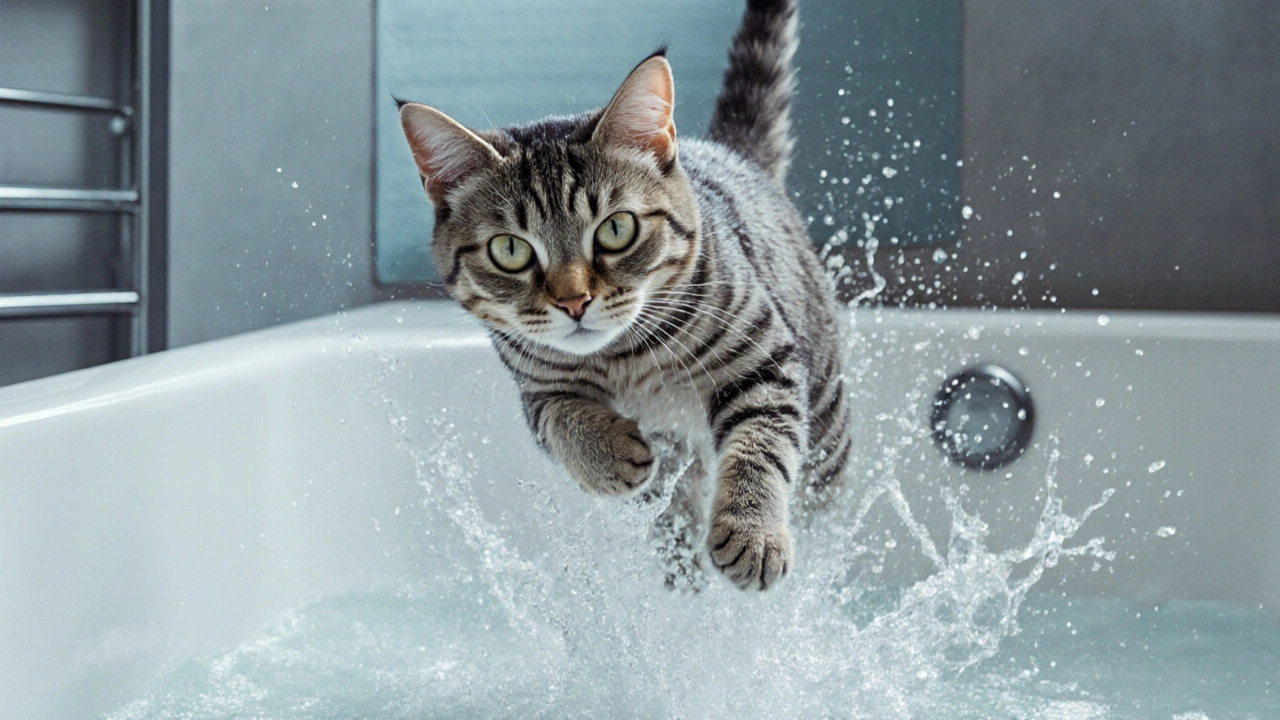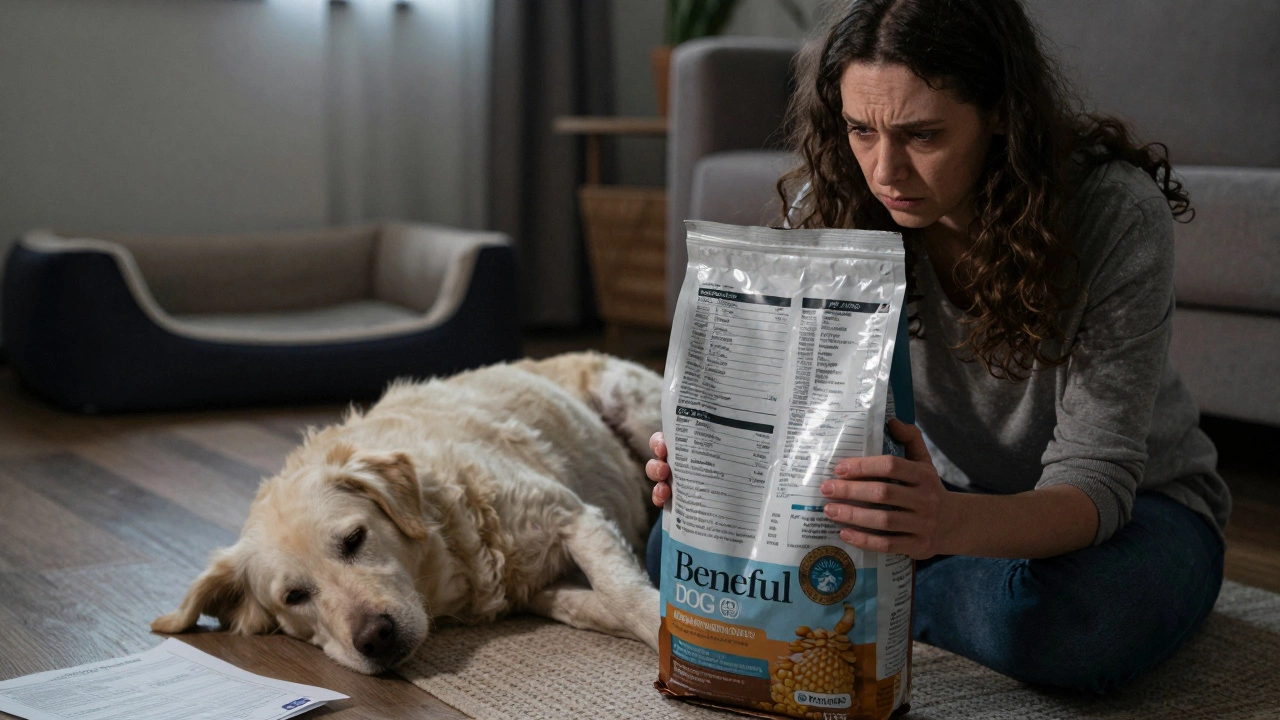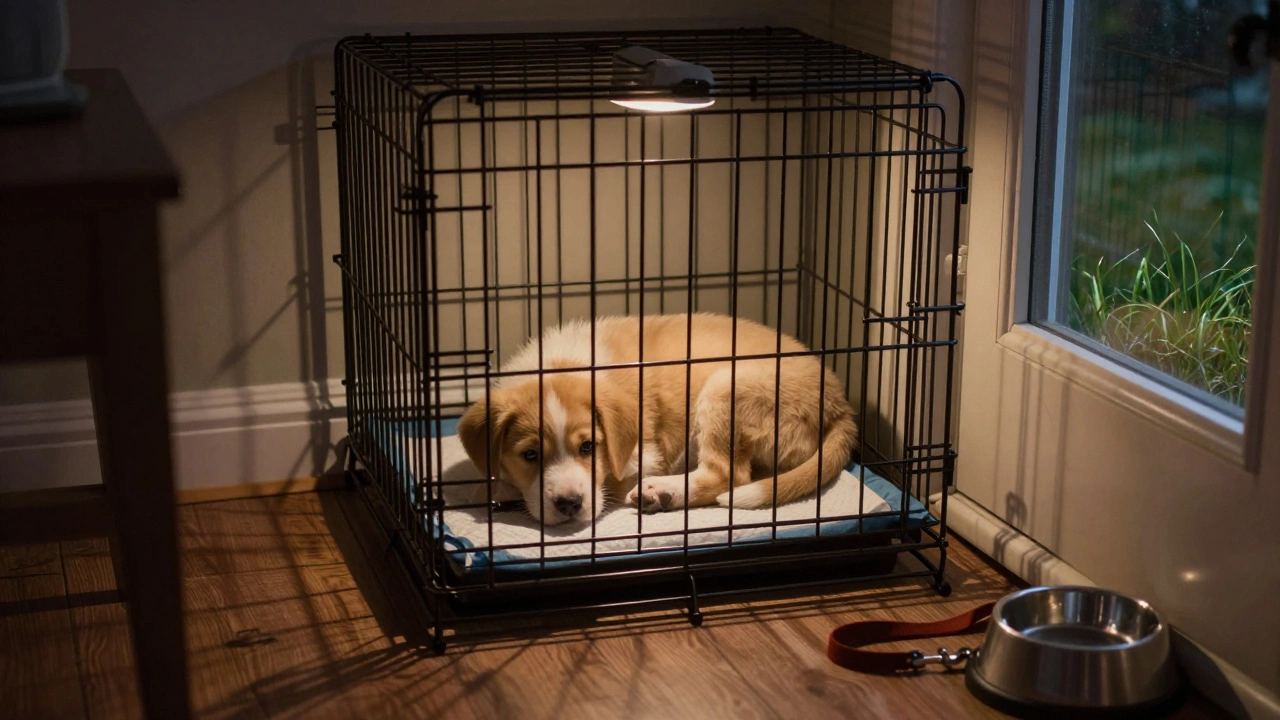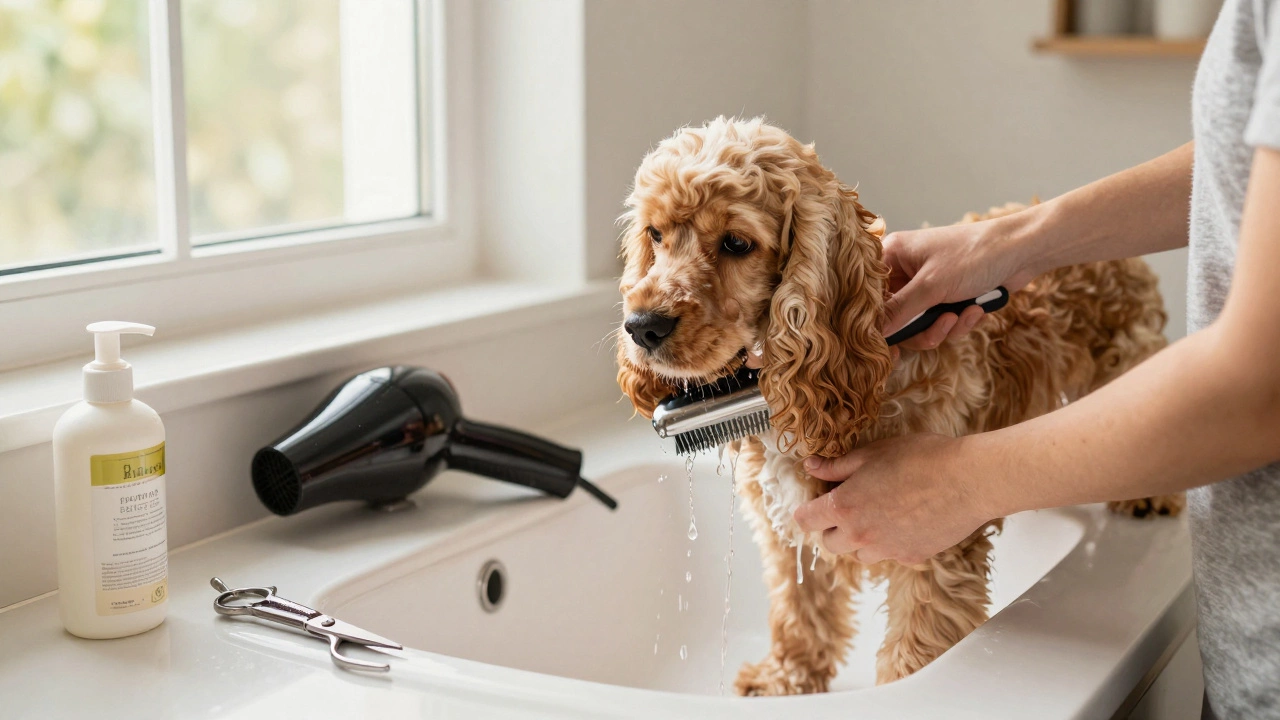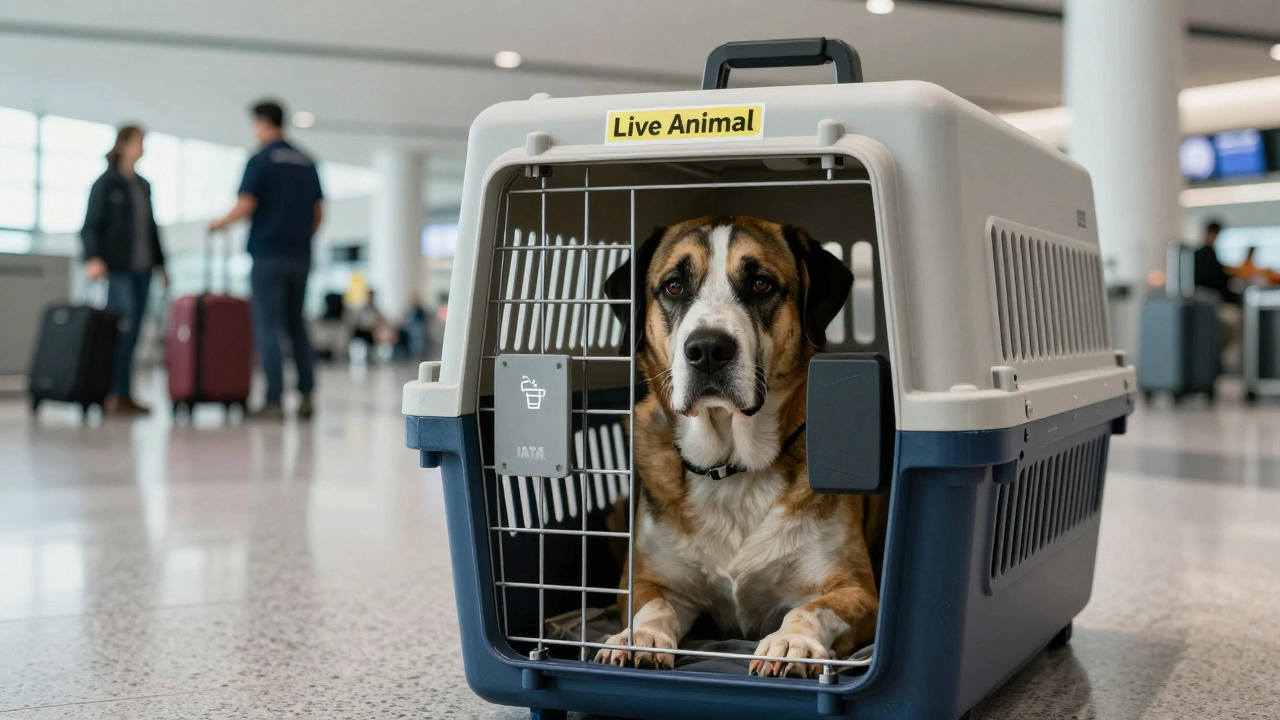Pet Hygiene: Keeping Your Pets Clean, Healthy, and Happy
When it comes to pet hygiene, the set of everyday habits that keep dogs, cats, and other companions clean, odor‑free and protected from disease. Also known as animal cleanliness, it covers bathing, brushing, ear care, dental cleaning, and parasite control, pet hygiene is the foundation of a happy, long‑lived pet. Dog grooming, regular baths, coat brushing, nail trimming and ear cleaning designed for canine coats plays a big role, while Pet health, overall physical well‑being, immune function and disease resistance benefits directly from consistent hygiene practices. In short, pet hygiene encompasses grooming, health monitoring, and the right tools, all of which keep skin issues, infections and bad smells at bay. This relationship creates the semantic triple: pet hygiene → requires → proper tools; dog grooming → influences → pet health; consistent cleaning → reduces → skin infections.
Why Good Hygiene Matters
Good hygiene isn’t just about looking neat; it’s a preventive health strategy. Regular brushing removes loose fur and distributes natural oils, which means a shinier coat and fewer hotspots. Baths, when done with a pet‑safe shampoo, strip away dirt and parasites that can trigger skin irritations. Ear cleaning prevents wax buildup that leads to infections, while dental care—brushing or dental chews—keeps bad breath away and lowers the risk of heart disease. Each of these steps requires the right grooming tools, such as slicker brushes, nail clippers, and ear wipes; without them, even the best‑intentioned routine falls short. Moreover, many pet owners notice that a clean pet is a calmer pet. Dogs that receive regular grooming often show less anxiety during walks or vet visits because the routine builds trust and reduces fear of unfamiliar sensations.
Our collection below pulls together practical advice that fits every pet owner’s schedule and budget. You’ll find articles that explain how to set up a safe grooming space for a puppy, what calming aids work during travel, and why certain supplements can support skin health. Whether you’re curious about the pros and cons of crate training at night or need a quick guide on choosing between olive oil and fish oil for a shinier coat, the posts are organized to give you clear, actionable steps. Dive in and discover how each piece of the hygiene puzzle—grooming frequency, tool selection, health monitoring, and stress‑free techniques—works together to keep your furry friend feeling their best.
Why You Should Skip Cat Bathing: The Risks and Smarter Alternatives
Learn why regular cat baths can harm your pet and discover low‑stress grooming alternatives that keep fur fresh without the stress.

